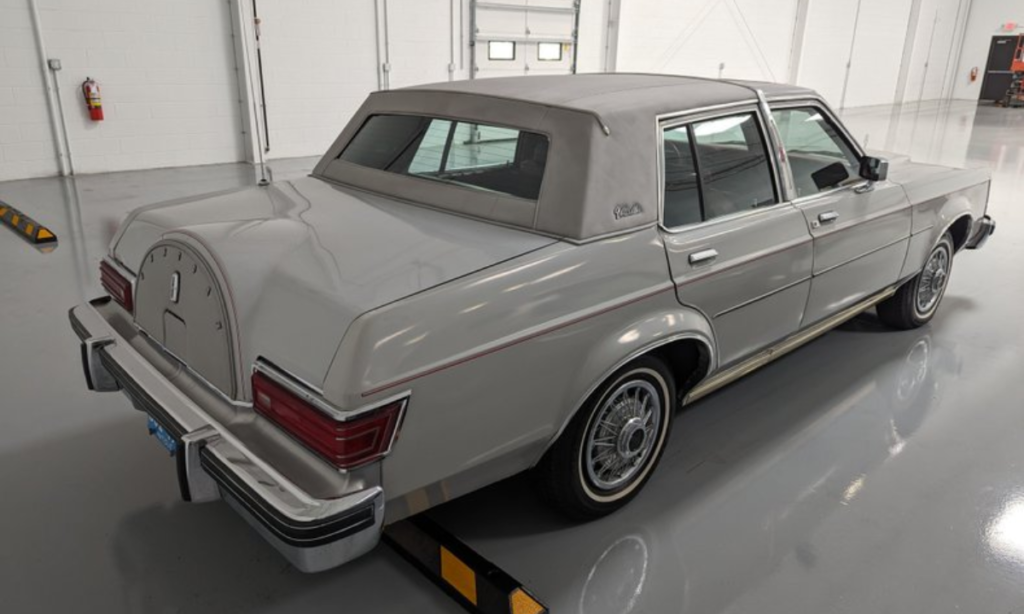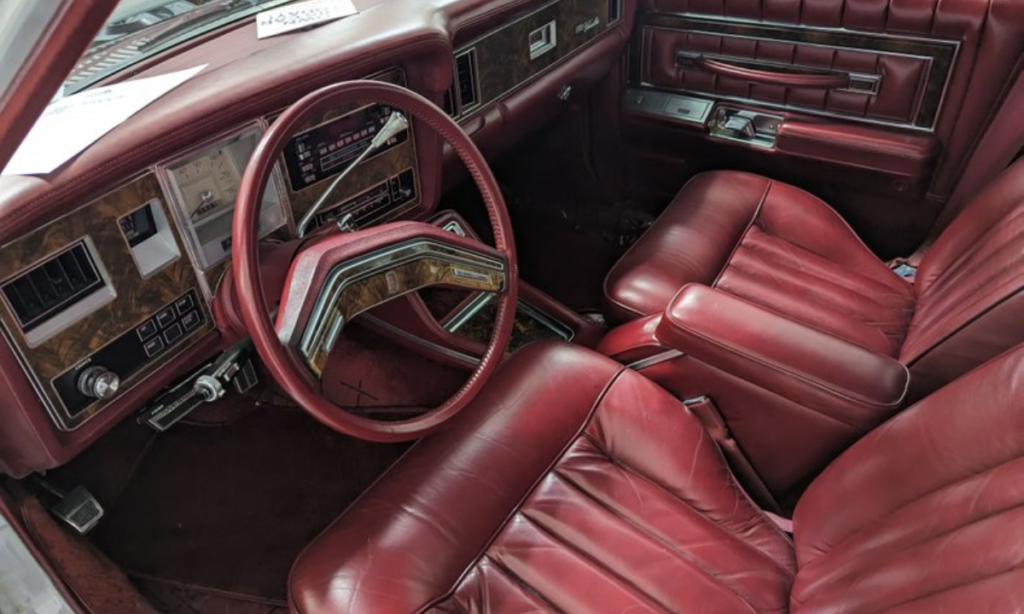The 1979 Lincoln Versailles: A Luxurious American Compact
In the late 1970s, the American automotive landscape was undergoing a significant transformation. With the oil crisis of the 1970s and the growing demand for smaller, more fuel-efficient cars, American automakers were faced with the challenge of redefining their product lines. During this era, Ford introduced the 1979 Lincoln Versailles, a compact luxury car that aimed to combine the opulence of a Lincoln with the practicality of a compact sedan. While it may not have been a commercial success, the 1979 Lincoln Versailles remains an interesting chapter in automotive history.
A Compact Luxury Car

The Lincoln Versailles was introduced in 1977 as a response to the changing automotive landscape. It was based on the Ford Granada platform but was positioned as a more upscale and luxurious vehicle. The idea behind the Versailles was to offer customers a compact car with the refinement and features typically associated with larger luxury sedans.
Exterior Styling
One of the first things that set the 1979 Lincoln Versailles apart was its exterior styling. It featured a distinct front-end design with a bold grille and quad rectangular headlights. The overall appearance was more angular and formal compared to the rounded shapes of many compact cars of the era. While the design was unique, it also drew some criticism for its resemblance to the Ford Granada and Mercury Monarch, which were more budget-oriented vehicles.
Luxurious Interior

Where the Lincoln Versailles truly shined was in its interior. The cabin was lavishly appointed with high-quality materials, plush upholstery, and numerous luxury features. Standard equipment included power windows, power door locks, power seats, air conditioning, and a tilt steering wheel. The seats were comfortable and supportive, making long drives a pleasure. The interior design aimed to create a sense of elegance and refinement, and it largely succeeded in doing so.
Engine and Performance

Under the hood, the 1979 Lincoln Versailles was powered by a 5.0-liter V8 engine, which was mated to a three-speed automatic transmission. This engine produced 130 horsepower, which was adequate for the vehicle’s size and weight. While it wasn’t a high-performance car by any means, the Versailles provided a smooth and comfortable ride, which was more in line with the expectations of luxury car buyers.
Suspension and Handling
One of the notable features of the Versailles was its four-wheel independent suspension. This setup was designed to provide a smoother and more controlled ride, and it helped the car navigate rough roads and uneven surfaces with ease. The suspension system contributed to the overall comfort and handling of the vehicle.
Market Positioning
The 1979 Lincoln Versailles was positioned as a competitor to European luxury cars, particularly the Mercedes-Benz 280SE. It was marketed as a more compact and fuel-efficient alternative to traditional American luxury cars like the Lincoln Continental. However, the Versailles faced stiff competition from both domestic and foreign automakers, and its relatively high price tag limited its appeal to a niche market.
Legacy and Reception

The Lincoln Versailles was not a commercial success for Ford. It faced criticism for its resemblance to other Ford and Mercury models, and its high price tag deterred some potential buyers. Sales figures were modest, and the Versailles was discontinued after the 1980 model year.
Despite its relatively short production run, the 1979 Lincoln Versailles remains an interesting and unique part of automotive history. It represented an attempt by American automakers to adapt to changing consumer preferences and market conditions. While it may not have achieved the level of success that Ford had hoped for, it serves as a reminder of the industry’s willingness to experiment and innovate during a period of significant change.
Conclusion
The 1979 Lincoln Versailles was a compact luxury car that aimed to offer the refinement and features of a larger luxury sedan in a more fuel-efficient package. While it faced challenges in the market and ultimately had a short production run, it remains a noteworthy example of American automakers’ efforts to adapt to changing times. Today, the Lincoln Versailles is a collectible classic, appreciated by enthusiasts for its unique blend of luxury and compact size. It stands as a testament to the diversity of the automotive landscape in the late 1970s.
